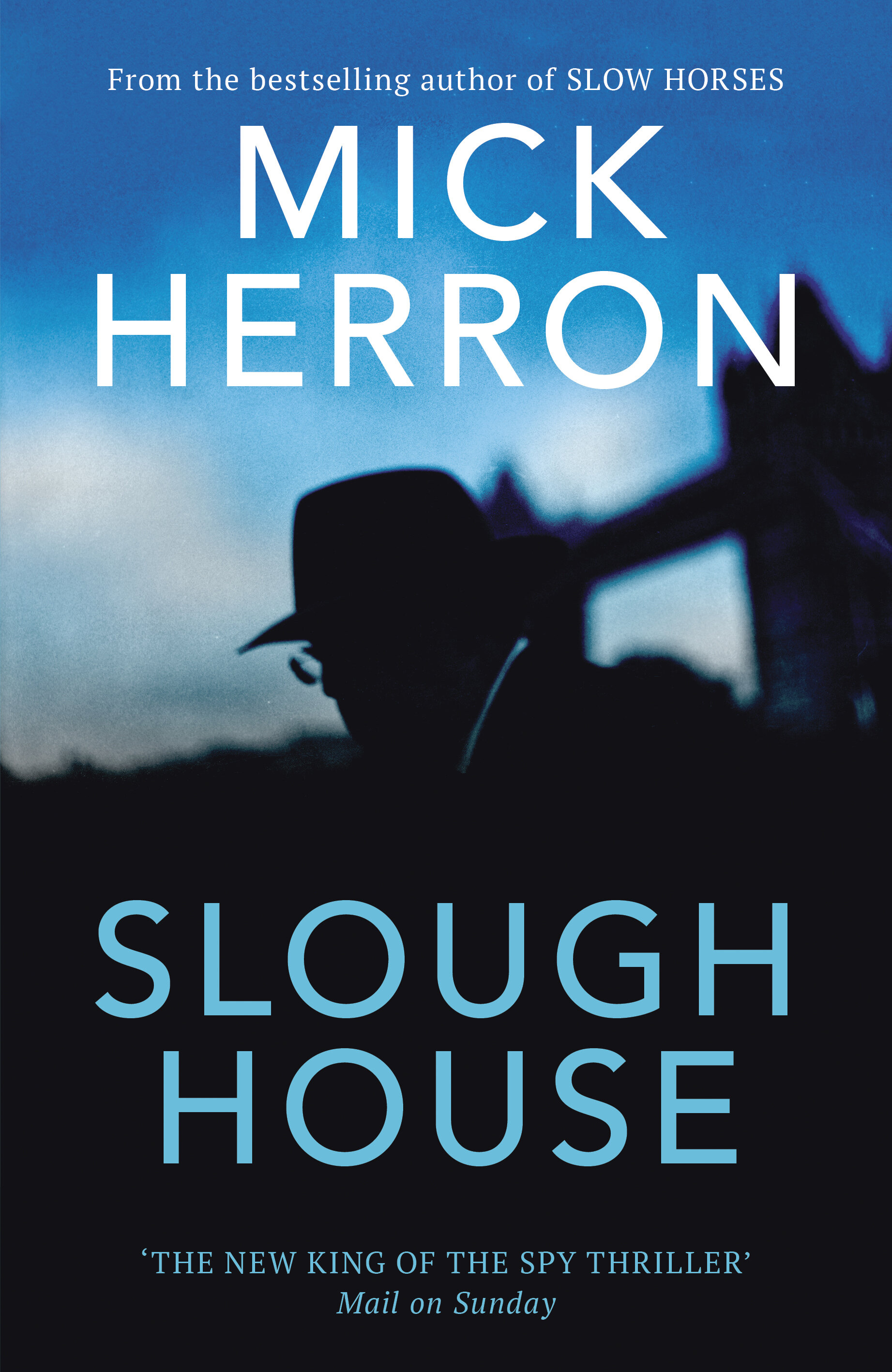Jessie Greengrass’s first novel Sight (2018) was shortlisted for the Women’s Prize for Fiction. The narrator of that experimental book wove readings about major developments in medical history into her own decision to have a child.
Greengrass’s second novel, The High House, is part of the recent flowering of literary fiction by women exploring the climate crisis that includes Megan Hunter’s The End We Start From, as well as Weather by Jenny Offill and Dreamland by Rosa Rankin-Gee.
Although The High House is a story of familial bonds, the split narrative doesn’t initially make it easy to work out who is related to who. In the opening sections two women—Caro and Sally—recount their separate childhoods. Both are looking back to their early lives from the vantage point of a post-apocalyptic scenario, which has seen them form a makeshift family living at the High House, alongside Caro’s younger stepbrother Pauly, son of a climate scientist.





